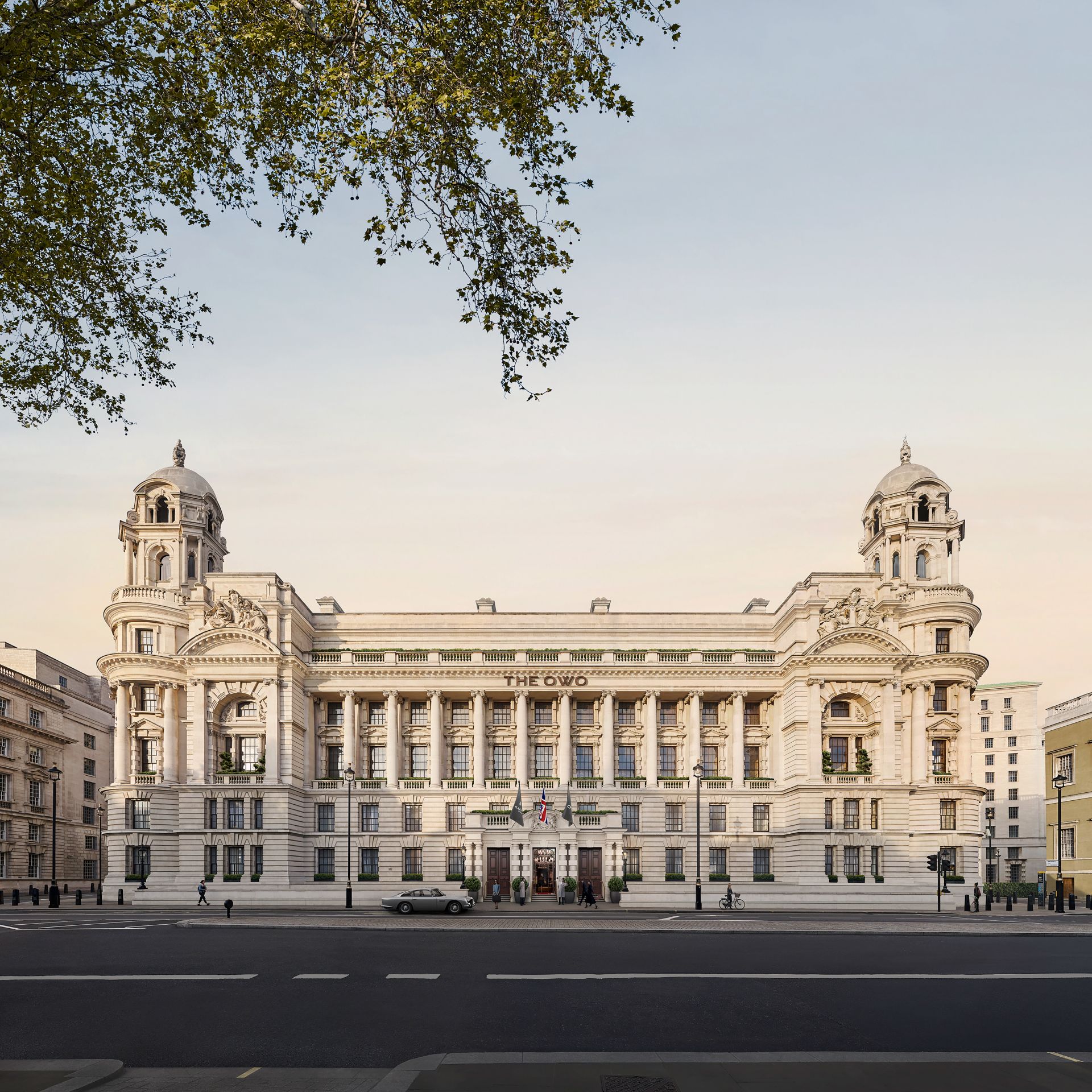Hello,
Member status:
Reward points:
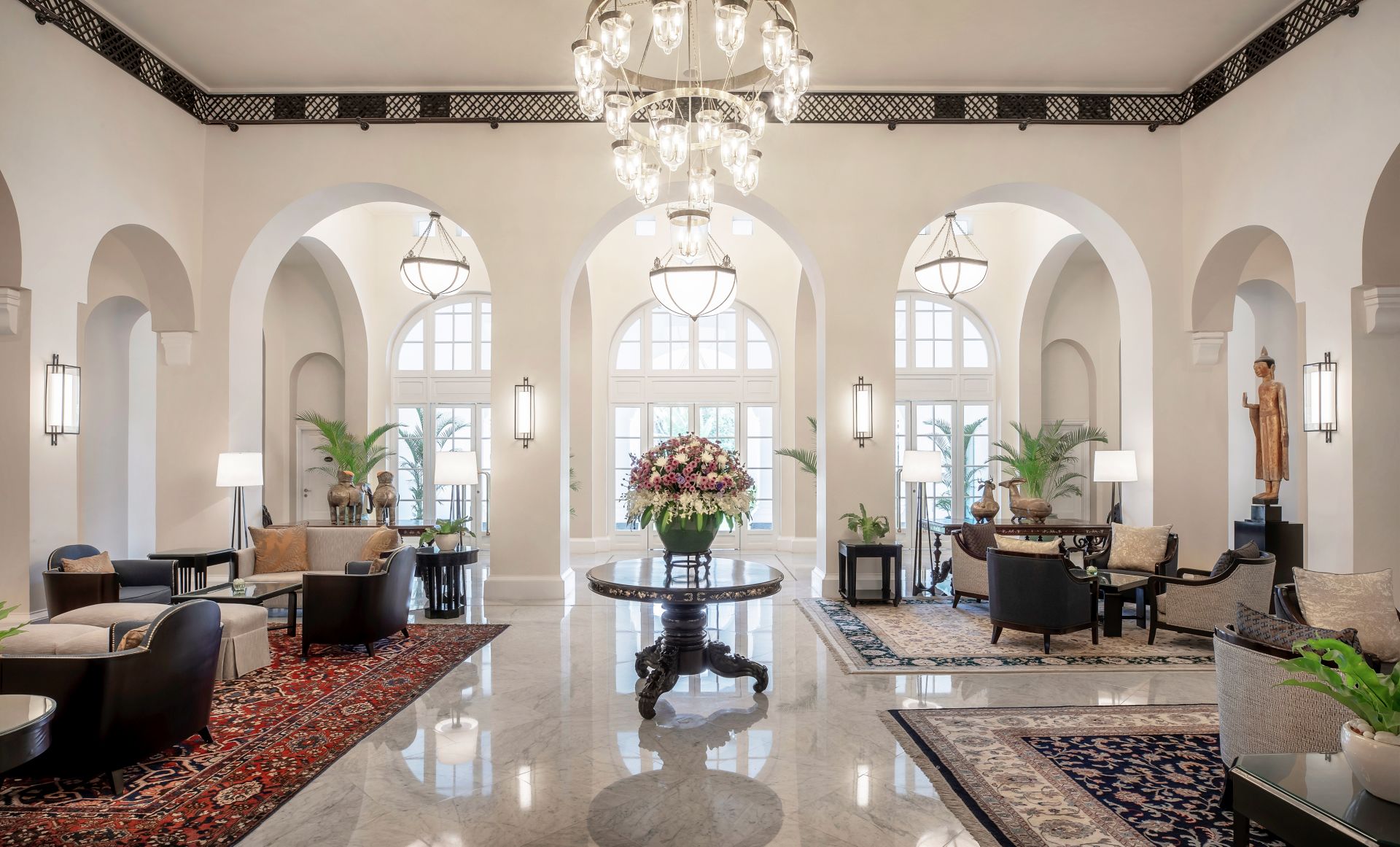
About
Phnom Penh’s finest address
Always at the heart of everything
Raffles Hotel Le Royal opens onto an elegant, tree-lined street in central Phnom Penh. It’s a short walk to Wat Phnom, and 10 minutes to the riverfront, with the National Museum, Royal Palace and the Russian Market all a short tuk-tuk ride away. Phnom Penh International Airport is a 45-minute drive.
Explore Raffles Hotel Le Royal
Built around a central courtyard with magical pool, Raffles Hotel Le Royal is a tranquil city base. Take a look around our hotel's facilities and services.
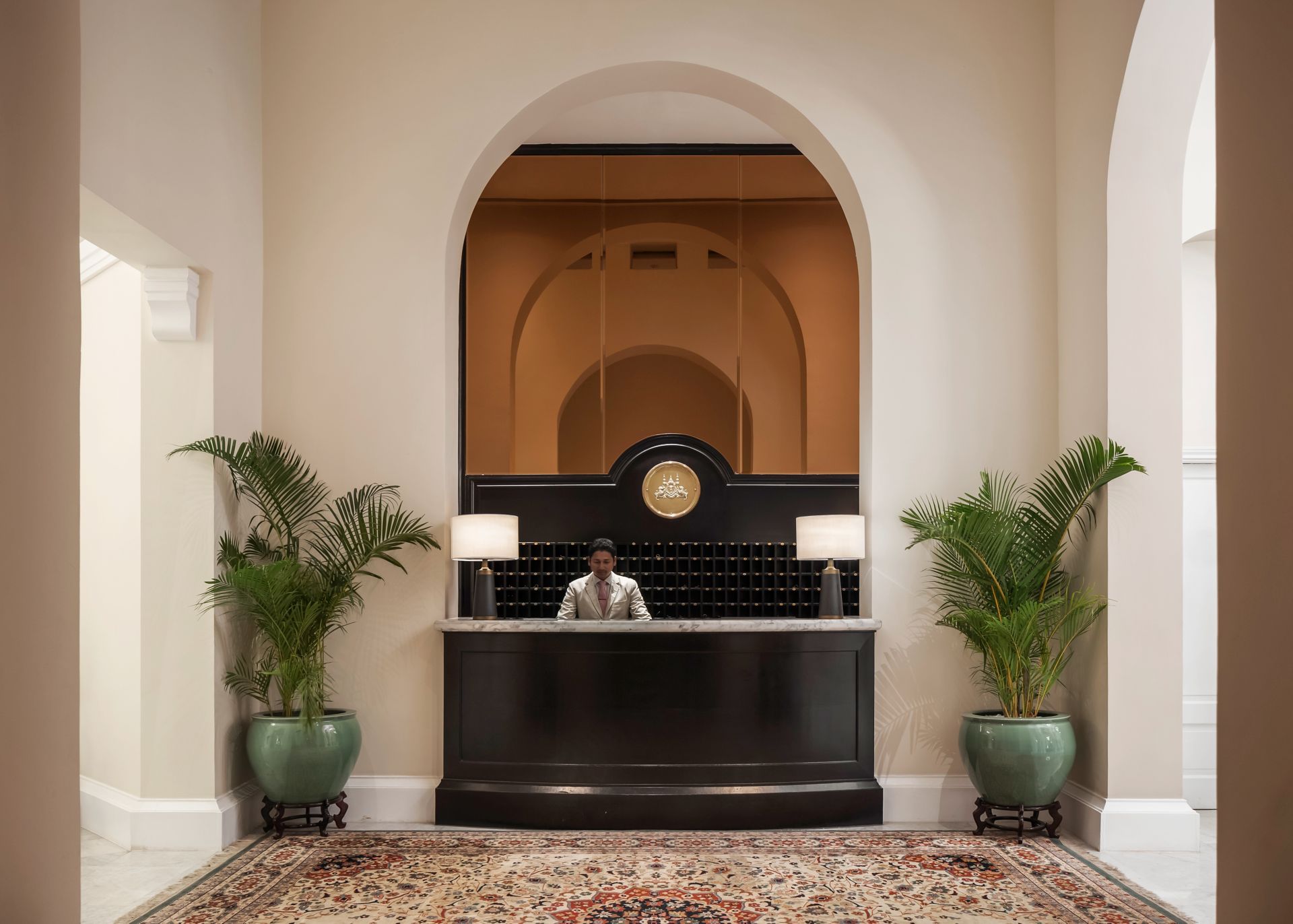
Seamless Service
Our legendary Raffles Butler Service is ready to elevate your stay to the sublime, 24 hours a day.
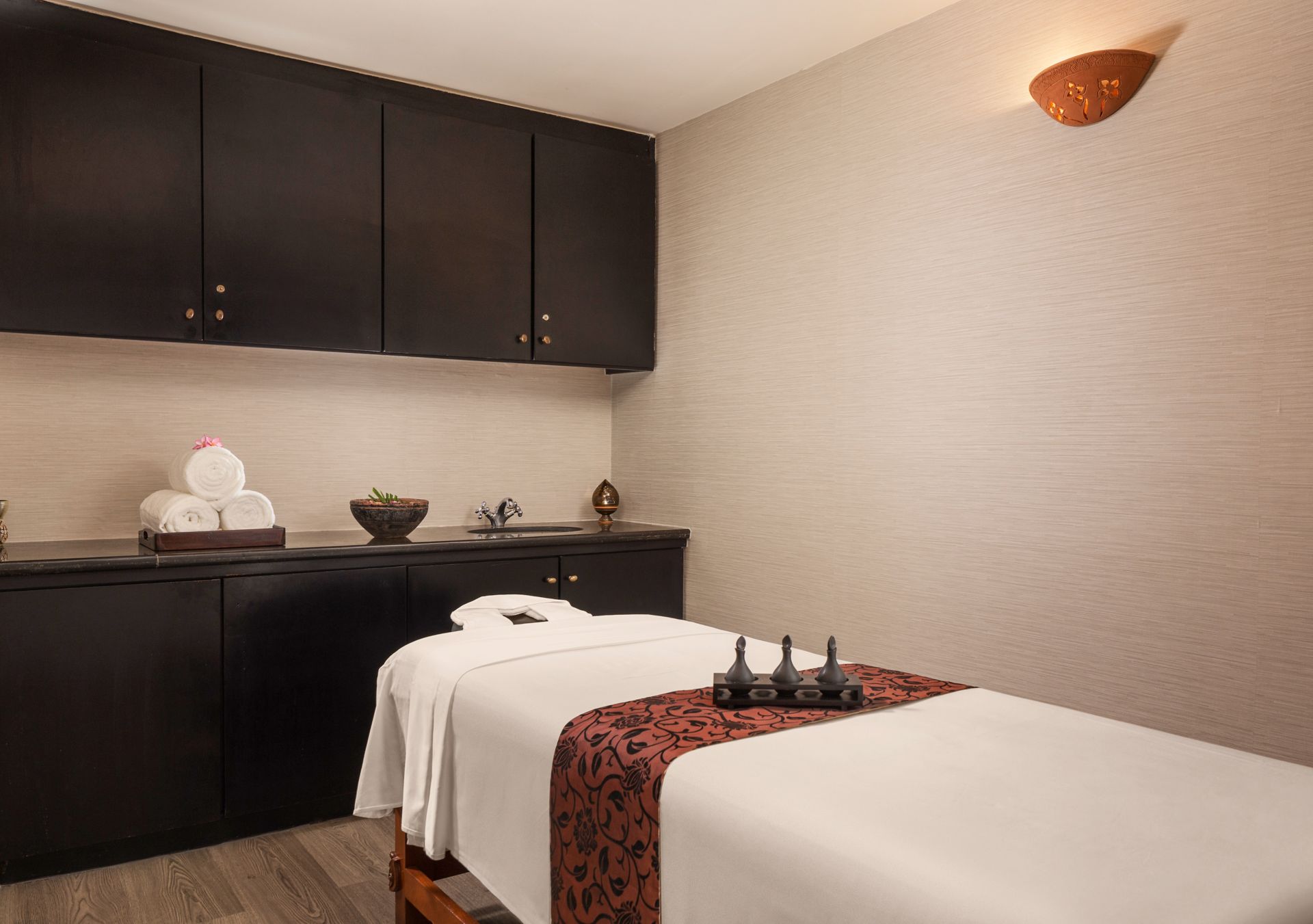
Raffles Spa
Our blissful sanctuary features five treatment rooms, male and female wet areas with saunas and steam rooms, and a fitness centre.
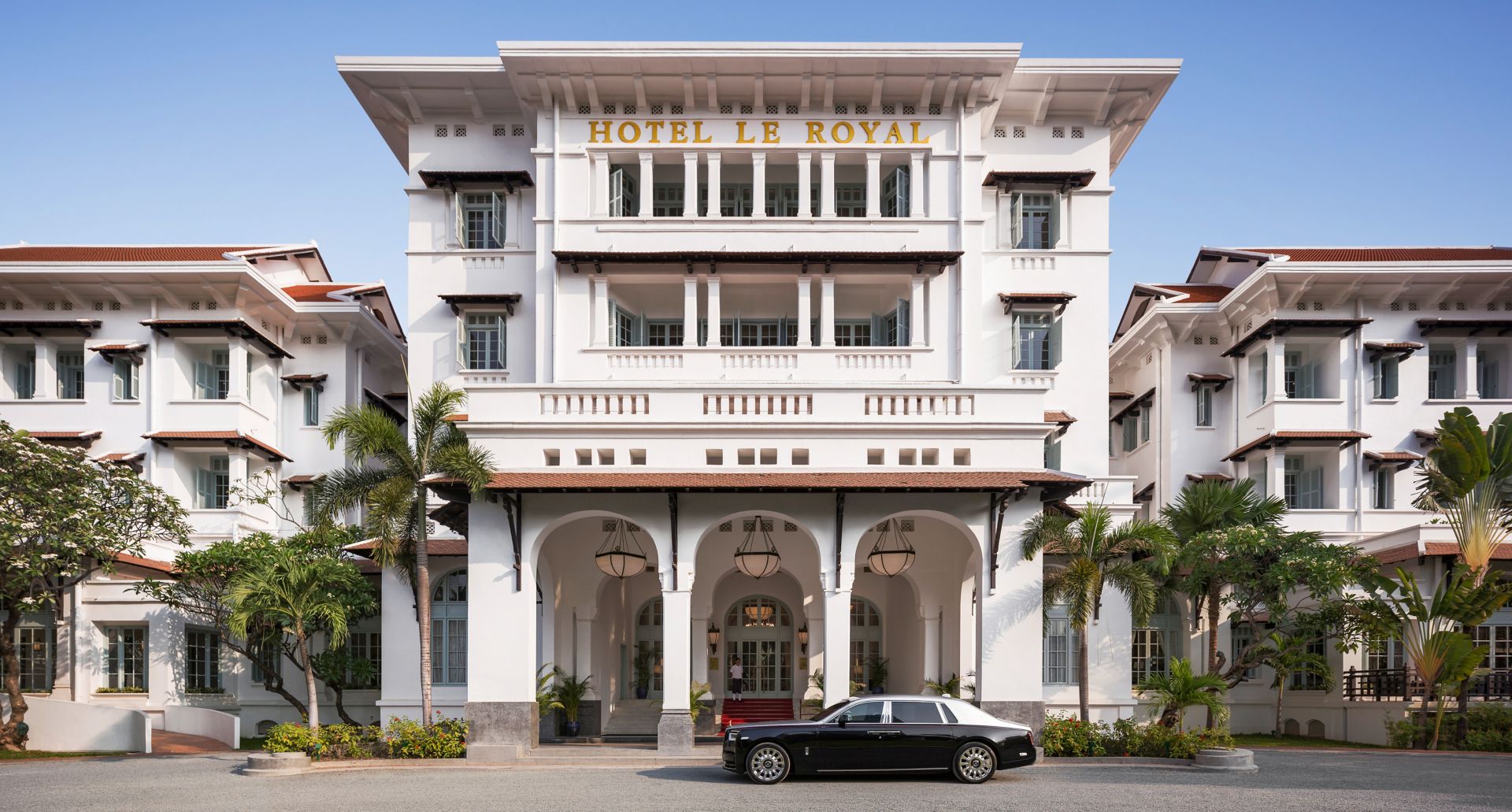
Limousine Transfers
Our distinctive chauffeur-driven limousines are available for airport transfers and city tours throughout the day.
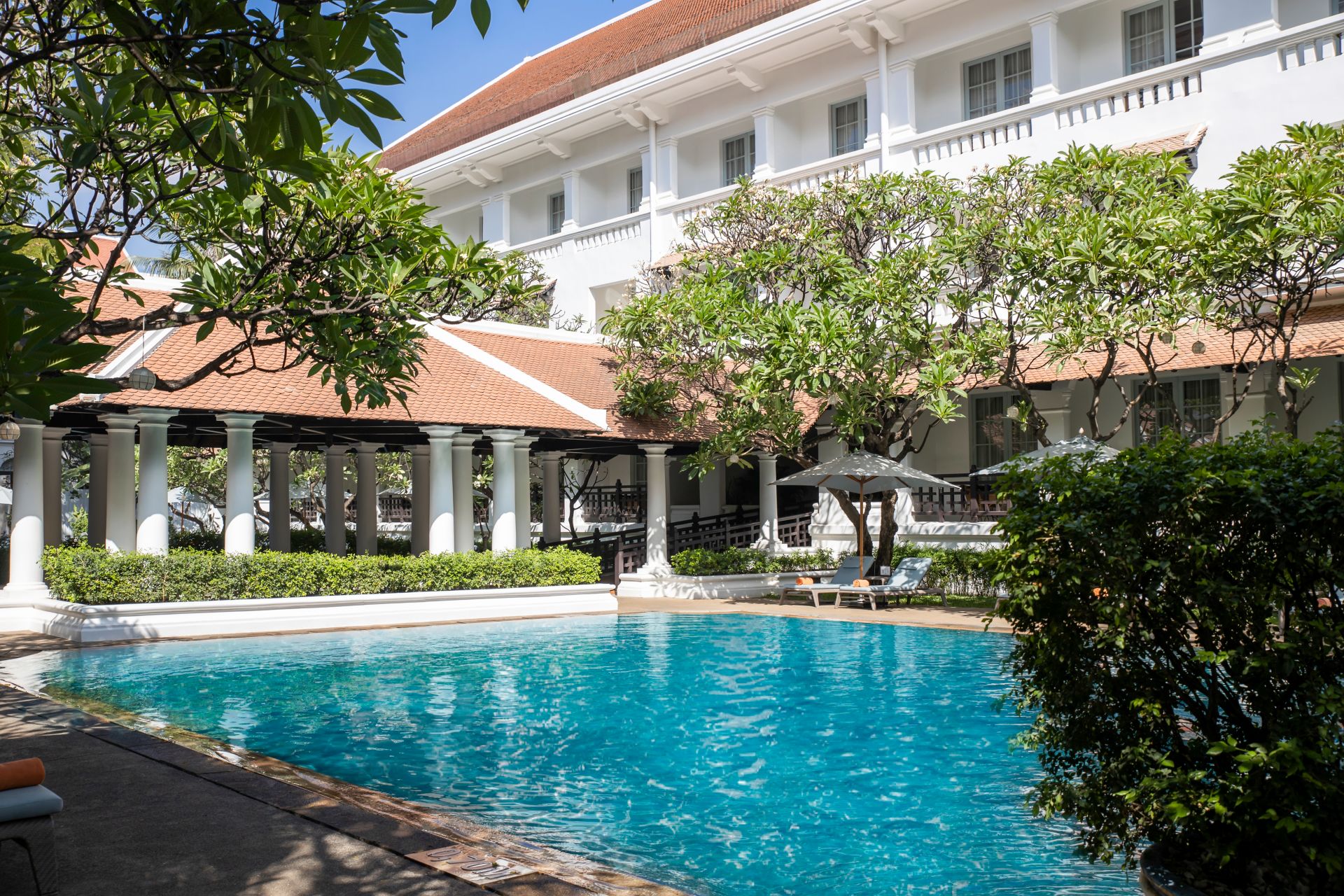
Outdoor Swimming Pools
Surrounded by tropical gardens, our two magnificent pools were inspired by those at the Royal Palace.

Special Occasions
From venues to menus, our experienced planners will be delighted to help with every detail of your celebration.
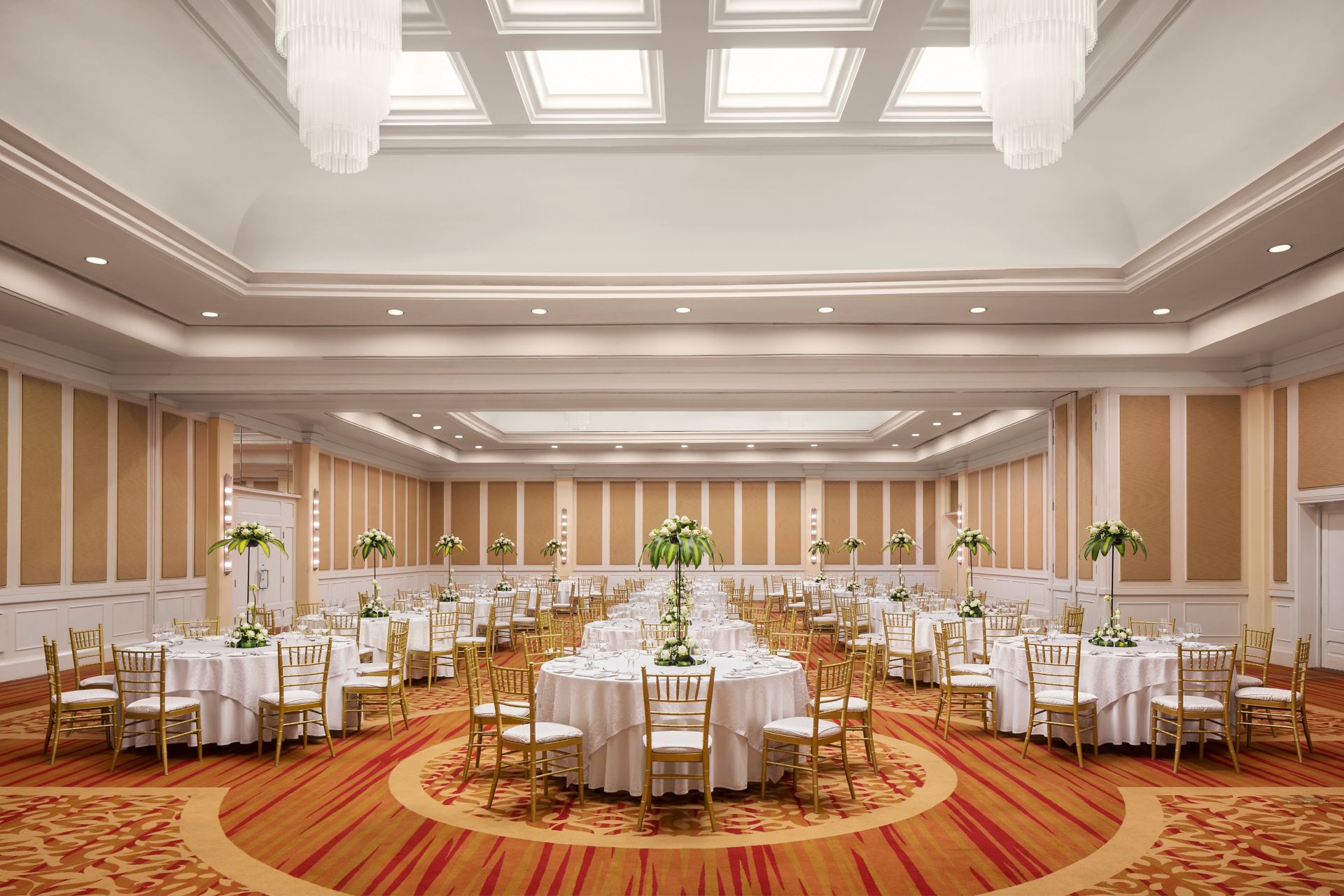
Dream Weddings
Our wedding planners will ensure every detail of your dream Western or Khmer-style wedding is pitch perfect.
OUR history
Our story begins in the early 20th century, when architect and urbanist Ernest Hébrard takes on the task of transforming Phnom Penh. His visionary plan includes constructing a grand hotel. When it opens in 1929 – the tallest building in Phnom Penh – the guest of honour is HM Sisowath Monivong, and the royal link remains today, reflected in our crest, gifted by the royal family, the ceiling art and secret recipes known only to our chefs. In 1996 the building is restored to its former glory and sensitively extended; 20 years later the façade is repainted in its original lotus white.
Legendary style meets contemporary luxury
1929
Le Royal opens its doors
Le Royal opens its doors for the first time. The guest of honour at the opening is HM Sisowath Monivong, King of Cambodia from 1927 until his death in 1941. The royal link remains today, reflected in the ceiling art and secret recipes known only to our chefs. Only four of Le Royal’s 54 beautiful guestrooms do not have private bathrooms – practically unheard of at the time.
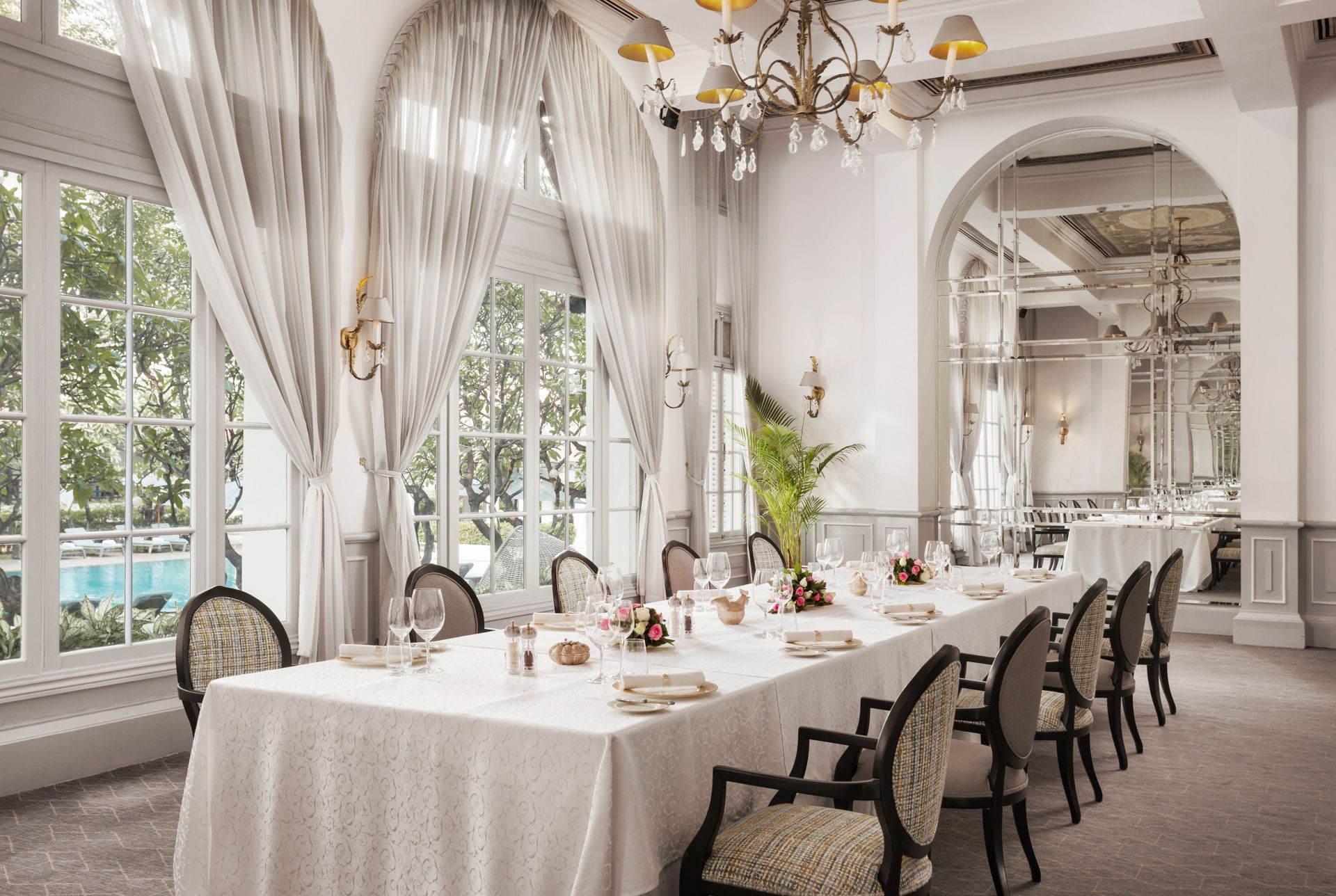
1929-1970s
The first heyday
Le Royal enjoys its first heyday, from its opening through the turbulent 1970s. High society from around the globe is eager to discover the hotel, which has quite a reputation for its luxurious accommodation and impeccable customer service. In 1967 Jacqueline Kennedy fulfils a lifelong dream to visit the ancient ruins of Angkor Wat and stays at Le Royal. A cocktail, the Femme Fatale, is created in her honour and is still available in the hotel’s Elephant Bar.
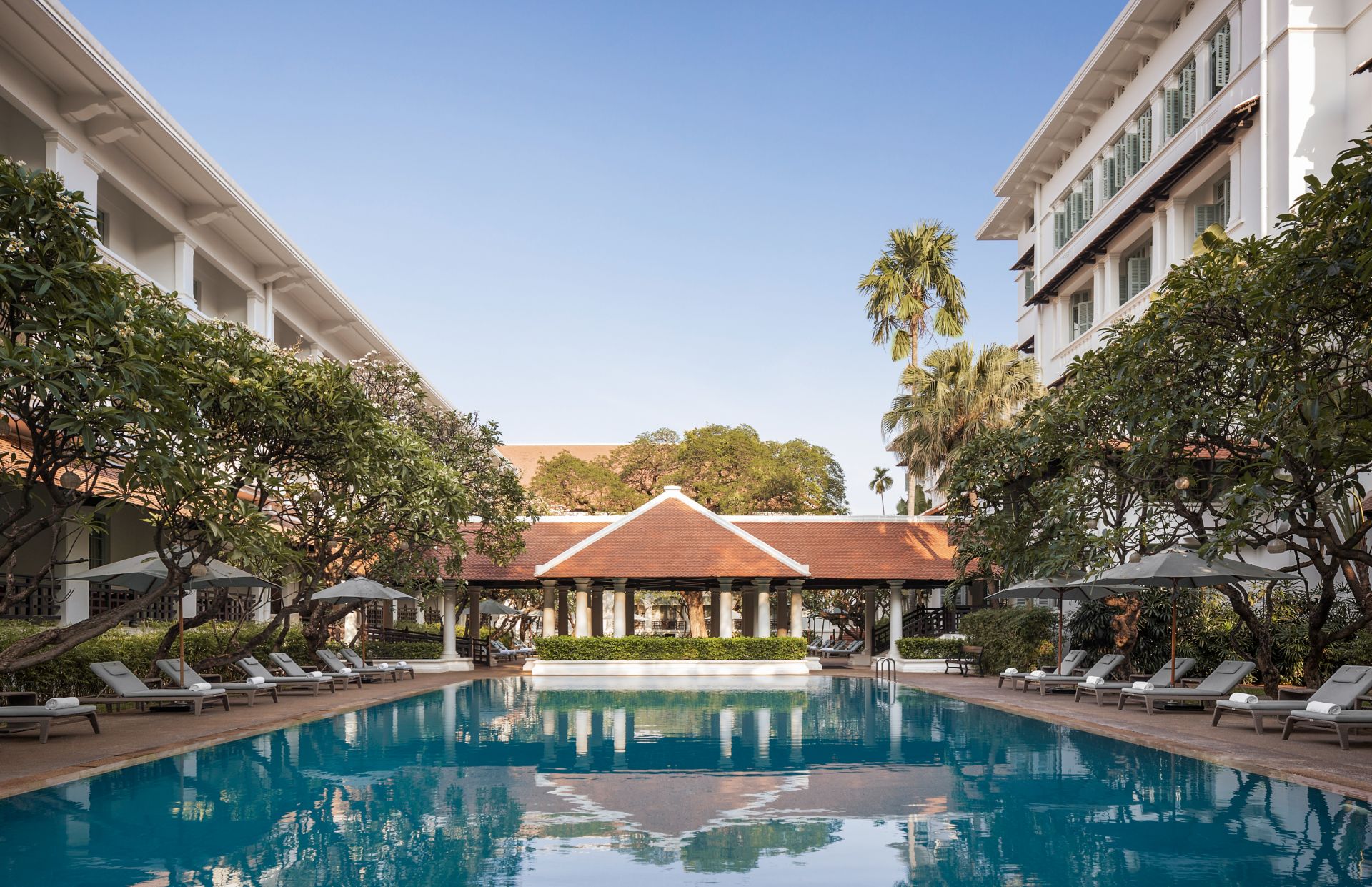
1975
Closing to guests
Phnom Penh falls to the Khmer Rouge and the hotel closes its doors to regular business though it is said to house Khmer Rouge offices and residential quarters.
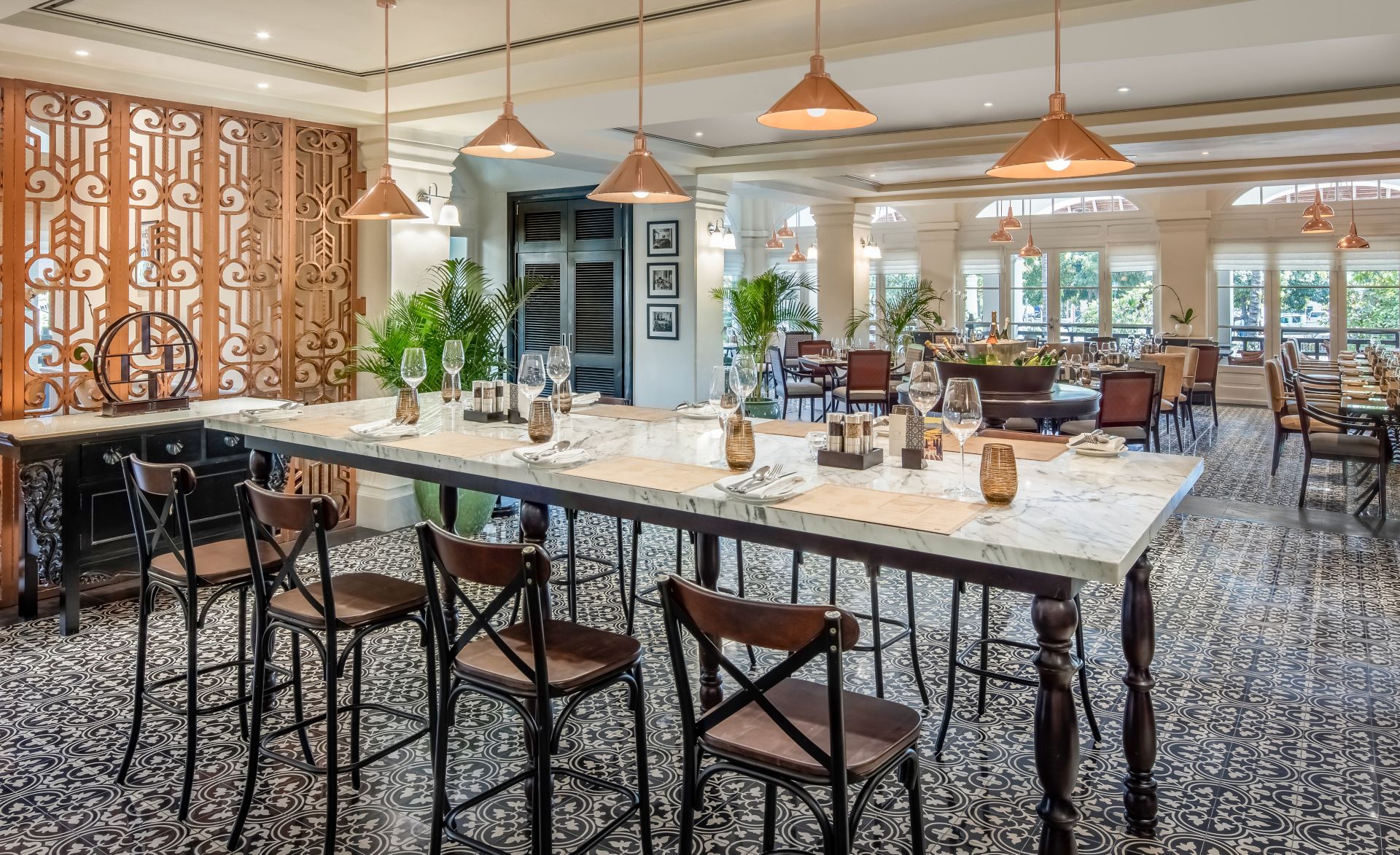
1980
Renamed Solidarity Hotel
Le Royal reopens as a hotel after the fall of the communist regime, though it has been renamed Samakki, or Solidarity Hotel, and houses international aid agencies.
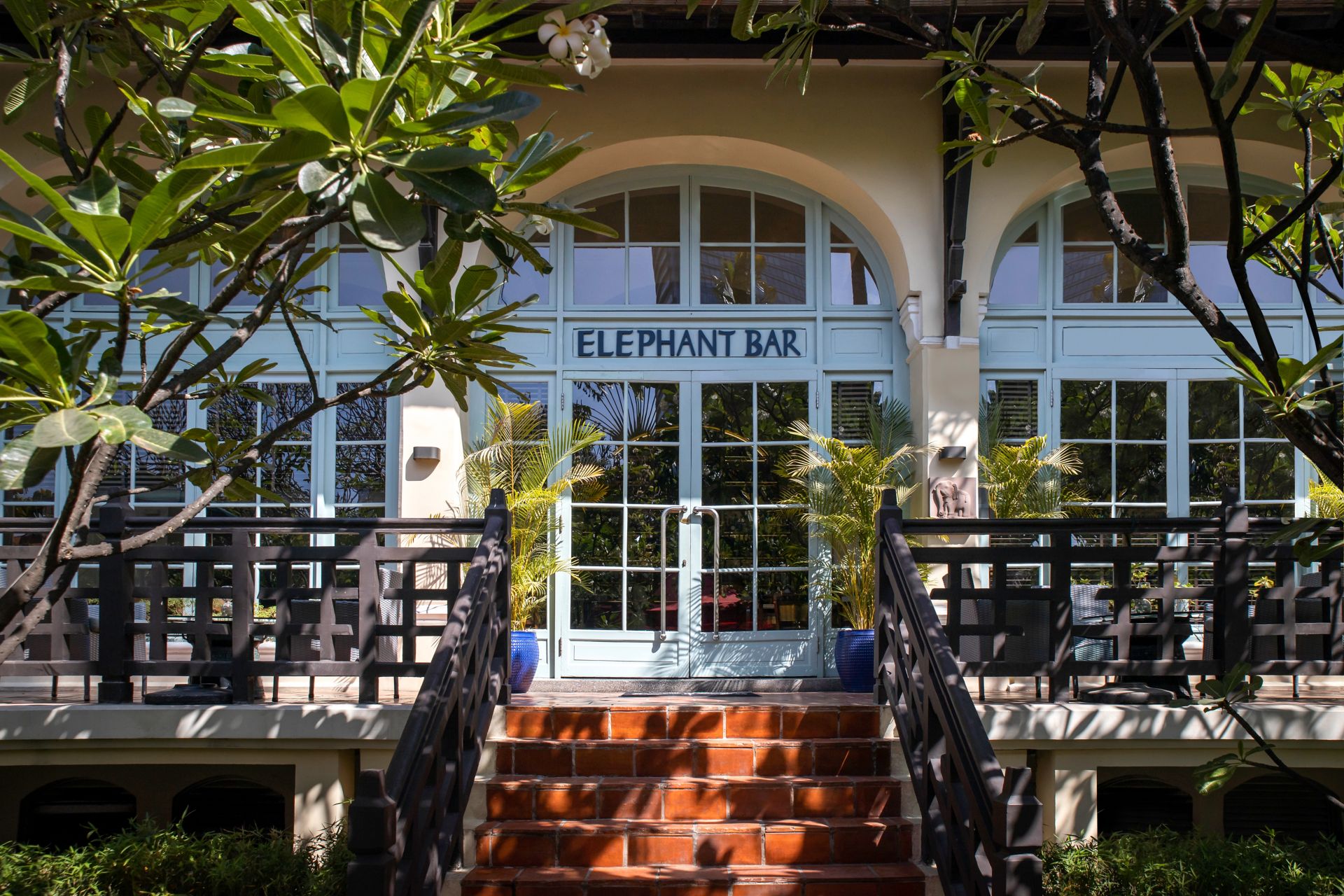
1993
Royal connections reestablished
HM Norodom Sihanouk is reinstalled as king and the hotel reverts to its original name, Le Royal.
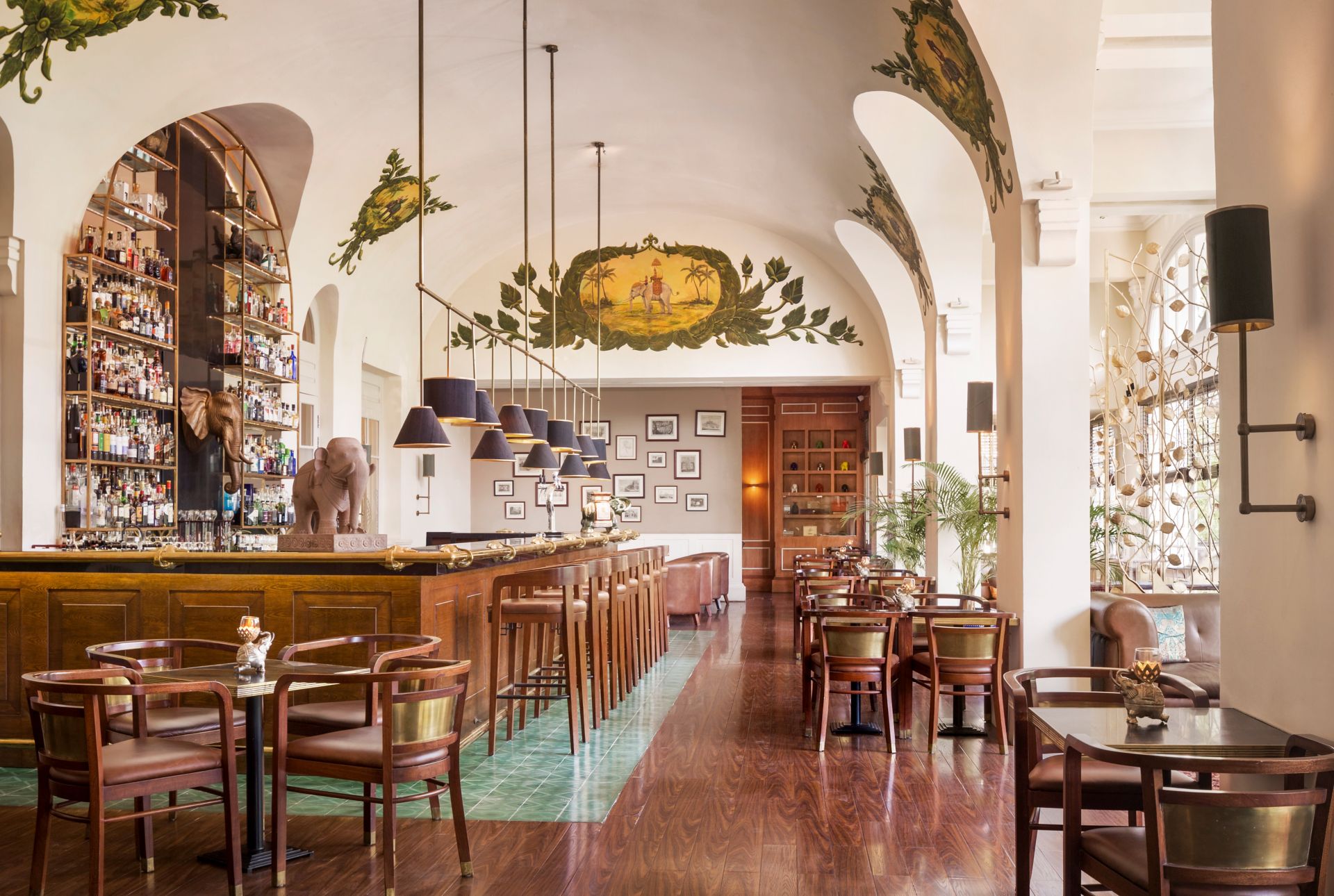
1996
Restoring former glory
Extensive renovations begin under the supervision of Raffles. The original building is carefully restored to its former splendour while bungalows are torn down and replaced with three courtyard wings for increased hotel capacity. Local artisans are called upon to recreate design features that have not withstood the test of troublesome times. Royal artists transform ceilings into works of art and our halls into galleries.
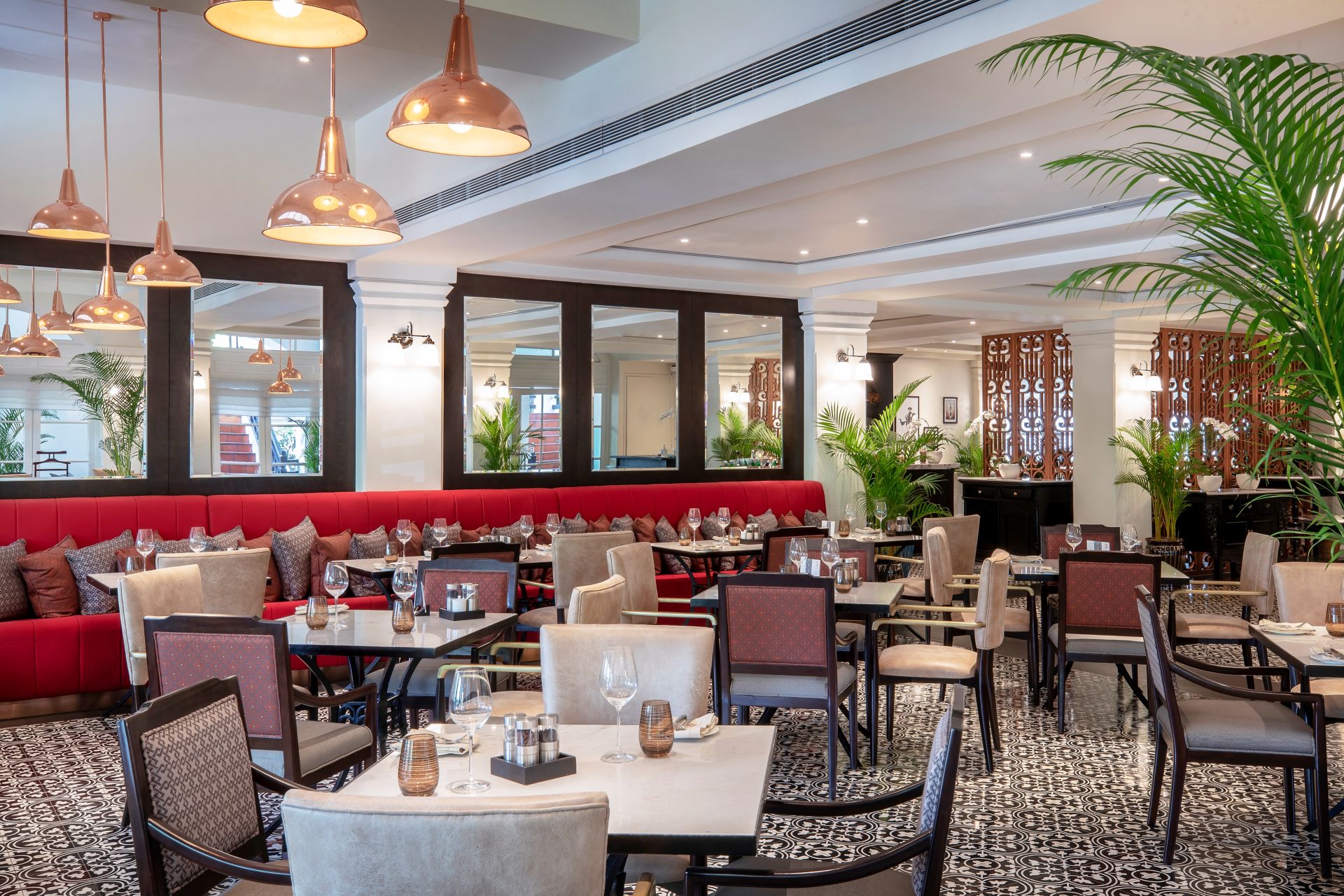
2019
A new face for today
In another renovation, the building’s façade is restored to its original lotus white. The shady, dark rooms and suites – so necessary before air conditioning was in widespread use – receive an illuminating facelift. Lighter and brighter, they retain all the nostalgic feel of bygone days. They also now possess all the modern technological conveniences needed to keep residents connected to today’s world.

